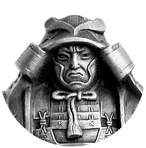Oda Nobunaga: The Demon King of the Sixth Heaven
Daimyo's fate
-
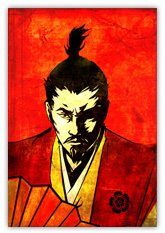
Only when you live desperately can you shine the light of life.
Only when you are determined to die, can your career shine.– Oda NobunagaOda Nobunaga (1534–1582) was a Japanese daimyo of the Sengoku period regarded as the first "Great Unifier" of Japan. Stouthearted, audacious, and autocratic, Nobunaga was quick to seize on any promising new invention. He was the first of the daimyo to organize units equipped with muskets. The Jesuits, whom Nobunaga patronized, described him as an extraordinarily active, resolute, honorable and merciless man who recognized only one law: the right of force. His personal stamp bore the inscription ‘Rule the Empire by Force.’ Along with a small castle, Nobunaga inherited mighty enemies. At the onset of his career his position was desperate, but the young and talented commander managed to defeat stronger enemies including Takeda Shingen’s son, Katsuyori.
At the battle of Nagashino in 1575, Shingen’s elite cavalrymen fell into a trap engineered by Nobunaga. At the crucial moment, the infantrymen retreated due to sharp stockades at their rear, and the riders who stumbled on the deadly obstacles were shot at close range by 3000 harquebuses. That seminal defeat heralded the end of an era when firearms could no longer be ignored. However, firearms did not become a decisive factor in feudal wars, nor did they drastically change warfare, like in Europe. Tradition was ingrained in the minds of the samurai, and they did not want to abandon it. Despite the clear advantage of using firearms, they remained supplementary while the sword, the soul of the Warrior, stayed at the pinnacle. The spiritual aspect of the Way of the Warrior prevailed over common sense. Even four centuries later, some samurai descendants would put their rifles aside and go into the last banzai-assault with swords in their hands. They were mystics devoted to their ideas, whereas narrow-minded philistines viewed them as bigots.
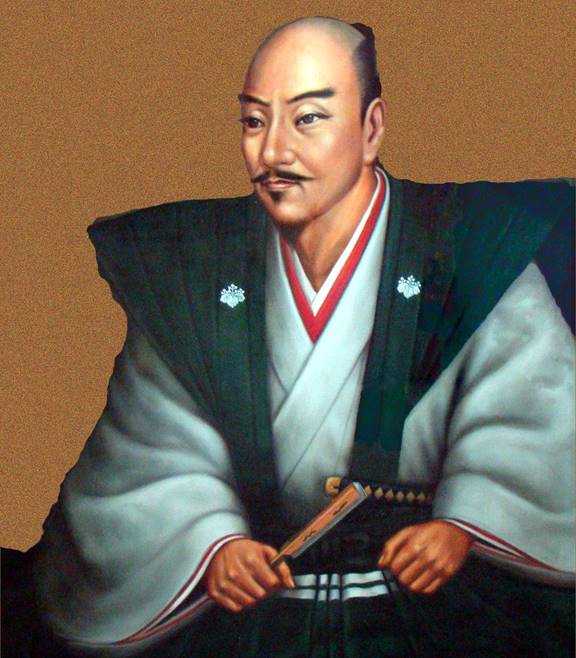
A portrait of Oda Nobunaga that can be found behind a glass case in Gifu Castle, re-worked by Rekishi no Tabi
Oda Nobunaga, a genius who abandoned the rules, believed in neither God nor Devil and destroyed Buddhist shrines, was still a samurai to his fingertips. He lived by the motto ‘The entire country under my military control.’ The great commander came an inch away from his death many times, but after eight years in continuous campaigns, he annexed several provinces and triumphantly entered Kyoto in 1568. The Buddhist monasteries were financially and militarily very strong then, and their influence in civil unrest was steadily rising. Naturally, the monasteries wanted to maintain their independence and were threatened by Nobunaga’s increasing power. So, this belligerent titan, the embodiment of the Nietzschean “life simply is will to power” eliminated them too.
In 1571, Nobunaga’s samurai raided many monasteries on the sacred Mount Hiei. Considered ‘the abiding lampad of Law,’ it was the site which had produced some of Japan’s most prominent philosophers and religious leaders. The seemingly peace-loving monks had not only amassed thousands of precious scrolls and regalia but also an excess of five thousand guns, many other weapons and combat gear. More than 20,000 warrior monks fought fiercely and honorably but ultimately perished in their alma mater’s ashes. Nobunaga’s orders were to kill everyone, including the elderly monks who were the luminous intellects of their time, as well as many other dangerous men among them. Following the merciless elimination of this breeding ground for unrest, most monasteries submitted to the dictator in an effort to maintain some power. Most independent cities also surrendered to blackmail and pressure. Resistors were crushed and burned.Without destruction there is no creation... there is no change.
– Oda NobunagaIn 1573, Nobunaga also dethroned the last shogun of the Ashikaga dynasty. Within his lands, almost half of the country, Nobunaga pursued the policy of forming a unified state. He eliminated the customs between fiefs and abolished customs fees, encouraged economic relationships between various regions and trade, introduced a standardized system of measurement and strengthened the state-controlled monetary system. He also built roads, patronized the crafts and spread the tax and legals systems throughout the land. Large-scale lawlessness and peasants’ riots were quelled with savage bloodshed as the imperious dictator’s subjects felt his iron hand. But overall, because peace and stability were most important to them, they did not mind.
A super-predator creates a totalitarian state as an efficient mechanism for maintaining control. The logic of this law is unchangeable. A sustainable state system affords a proud dictator power temporarily, but it also leads him to his death: trapped in a cage, degenerated, devitalized. He perishes and is replaced by some bourgeois tribe. But Nobunaga threw himself on his vulturous counterparts like a young snow leopard full of force. The fearless Oda Nobunaga lived and died by the sword. In 1582, he and his servants were unexpectedly surrounded at Honno-ji, a small temple in Kyoto, by his rebellious retainer Akechi Mitsuhide’s troops. Nobunaga accepted an unequal battle, fought heroically and, wounded, committed harakiri in the blazing temple. Most likely, Nobunaga had ordered it to be burned so that no one could steal his head. In the end, his death perfectly complied with the samurai ideal of the hero’s fall: alone and surrounded by enemies.
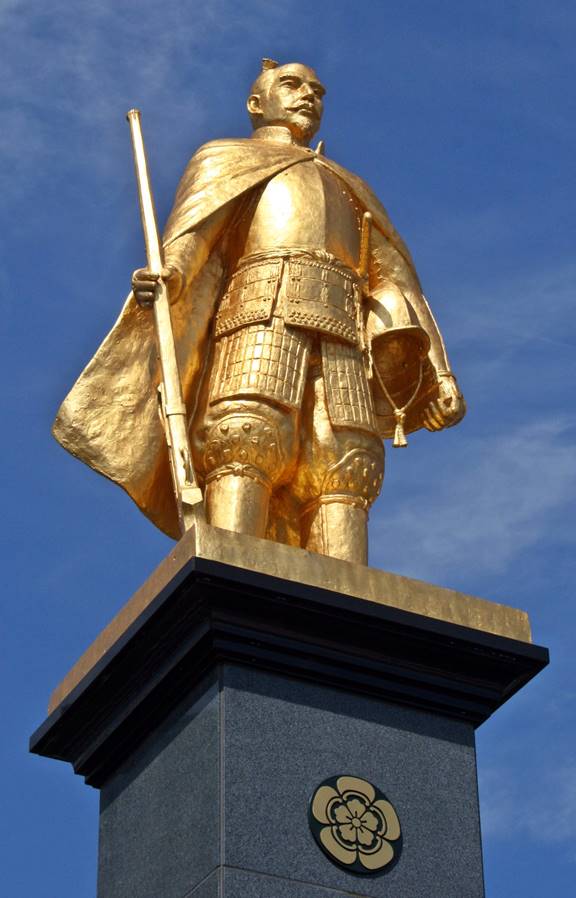
Statue of Oda Nobunaga at Gifu Station (source)Look at the world, within the sea, there is no immortal.
– Oda Nobunaga"Despite Nobunaga’s extraordinary appearance, a certain foreign Christian missionary appraised him, saying, “He was tall, slender, and delicate in constitution and did not seem able to survive misfortunes. Yet his mind and spirit were strong enough to compensate for his physical weakness. I have never met a man with a greater sense of honor than he.”
Hideyoshi criticized Nobunaga’s personality, saying, “. . .Once someone was against him, he would never forget nor forgive, and attacked to extinction all their relations. . .That was the cause of Akechi Mitsuhide revolt against him.” This observation tersely reflects Nobunaga’s harsh and quick-tempered character as revealed in the popular saying about a cuckoo, “I will kill the cuckoo if it does not sing.”
Although he ended his life without attaining his ambition of unifying Japan, his successor, Hideyoshi accomplished this because he took over where Nobunaga left off." (Okanoya Shigezane, Shogun and Samurai: Tales of Nobunaga, Hideyoshi, and Ieyasu (1943), translated and edited by Andrew and Yoshiko Dykstra)Another thing Oda Nobunaga has been characterized with, for the last five centuries until today: his favorite song and masculine dance called Atsumori, a warrior-hymn perfectly embodying the very essence of the Buddhist and Shinto faiths and the way of the samurai at once. Atsumori was made to be sung and danced to by one samurai, using a fan, without any musical instrument or, at most, accompanied by one small bongo played by an attendance. Oda often sang and danced to this hymn, the best remembered one was in the morning of his very first 'against-all-odds' battle against the Imagawa clan of Suruga, when he was only in his twenties and having just a few hundred of soldiers, in an impossible war against tens of thousands. But Oda won that battle.
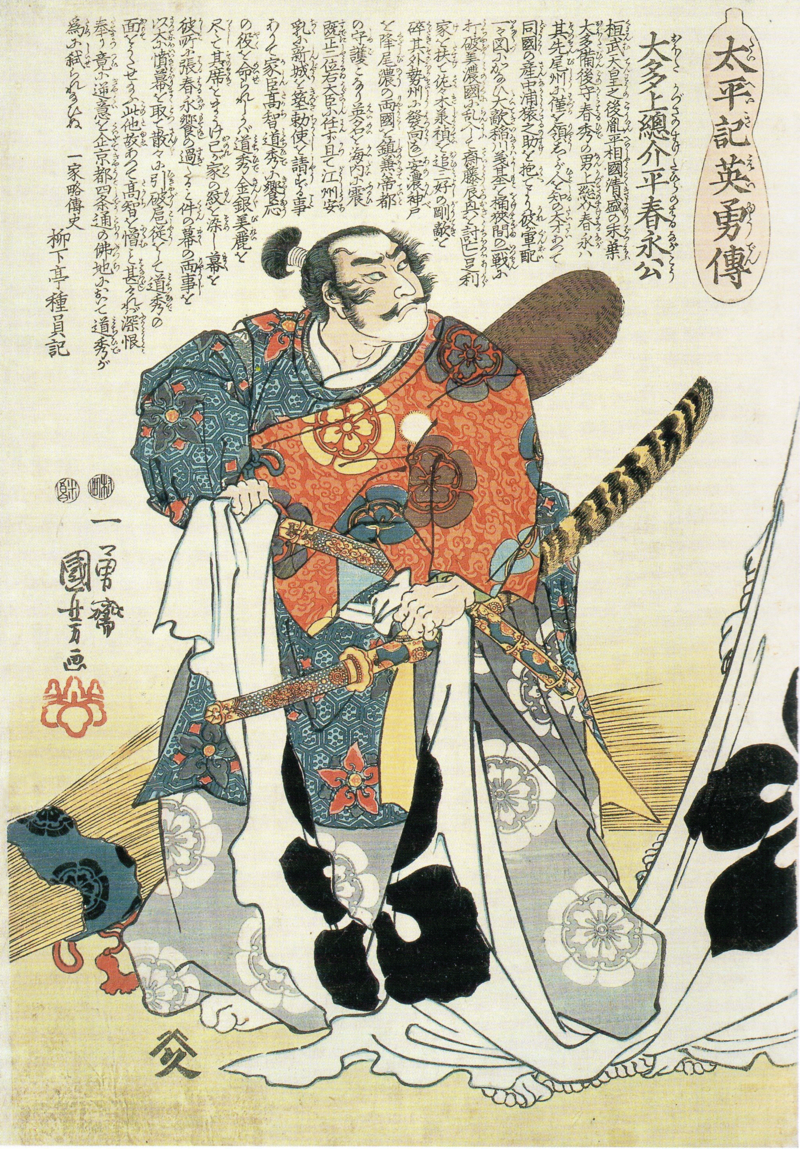
Oda Nobunaga by Kuniyoshi UtagawaA man's life is only fifty years.
In the universe,
what is there but a lying dream,
Fleeting illusion.
Is there any born
Who ever does escape
from the death?
– Oda NobunagaBack to the Blog
This article contains quotes from the Samurai Series by A. R. Berg
